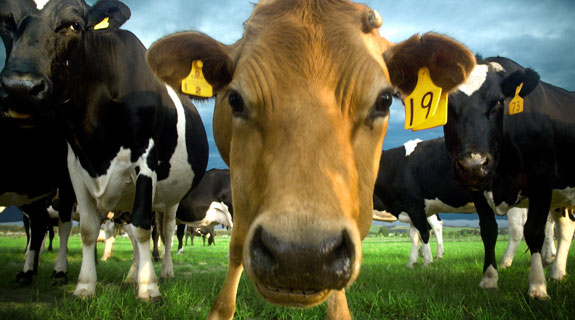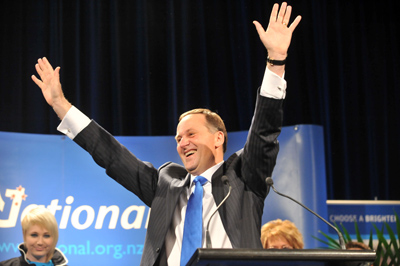Well cut my legs off and call me shorty; my long-held prejudice about organic enthusiasts being smug, superior types has been all but confirmed by research.
According to the abstract of a paper, published in the Journal of Social Psychological & Personality Science, people exposed to organic foods ”judged moral transgressions significantly harsher” than the control group. They also volunteered significantly less time to help a needy stranger.
Lead author, Dr Kendall J Eskine says about the study: “There’s something about being exposed to organic food that made them feel better about themselves. And that made them kind of jerks a little bit, I guess”.
Eskine’s researchers called it ”moral licensing” – whereby because you do good deeds in one area of life, you feel like you’ve paid your dues and can give up on being good in other areas.
So, according to this study, people who eat organic food are more likely to be judgmental about their fellow man. Which surely now gives us free rein to judge all of those ‘I’m better than you because I only eat organic’ types; who tend to infest the suburbs of Grey Lynn in Auckland, Wellington’s central city region, Lyttelton in Christchurch, as well as the rank and file members of the Green Party of Aoteoroa/ New Zealand.
I’ve felt the judgemental wrath of the outraged organic lobby when some 18-months or so ago, after I penned a tongue-in-cheek column for this very paper, suggesting that the organic lobby may not be as pure or as good for the planet as its exponents have claimed.
The genesis for the column came out from a couple of presentations given to an Australian Farm Institute conference, which suggested that organic production was not as sustainable as claimed by its proponents. In the offending piece, I wrote how the country’s agricultural productive sector had suffered the disdain of eco-warrior-types who regularly derided the environmental merits of their products and/or systems. I pointed out the majority of the country’s primary sector had too often been subjected to sanctimonious lectures from the Green Party, Greenpeace, Soil and Health NZ – or other ecological do-gooding groups – accusing them of unleashing unlimited, environmental damage on our country.
While I was been deliberately provocative, I figured most reasonable people would take it for what it was – comment. However, I’d forgotten that organic types – like all evangelicals – are rarely reasoned or reasonable. They practise a strange form of democracy that says it is only acceptable if the outcome agrees with what they believe.
So as sure as God made little green apples – Biogro certified organic, of course – came a an indignant letter to the editor
I tend to agree with Sydney Morning Herald writer Jacqueline Maley when commenting on this research wrote: “One of the more insidious trends of the modern era… is the moral sanctity people attach to their food choices. Eating is no longer something we do for taste and energy-consumption, it is a political act. The ability to select and consume biodyanamic, macro-biotic, locally-sourced and fully organic food that, with luck, is also Fair Trade, is surely the greatest middle-class indulgence of our time.”
A friend recently told me how he was accosted by one of these environmental evangelical types in the supermarket when buying some meat. Apparently this rather sanctimonious lady asked my friend if he felt bad because the beef he was buying had at some point in its life been drenched.
His terse reply was to inform the holder of this moral licence that humans worm themselves too, so does that mean that we are harming the planet as well? He then invited her, politely, to take her smug views, crocheted shopping bag and go and climb a tree.
What’s the bet she probably broke the speed limit on the way home, with my friend’s flea still ring in her ear, but will have justified her actions because she drives a Prius!










